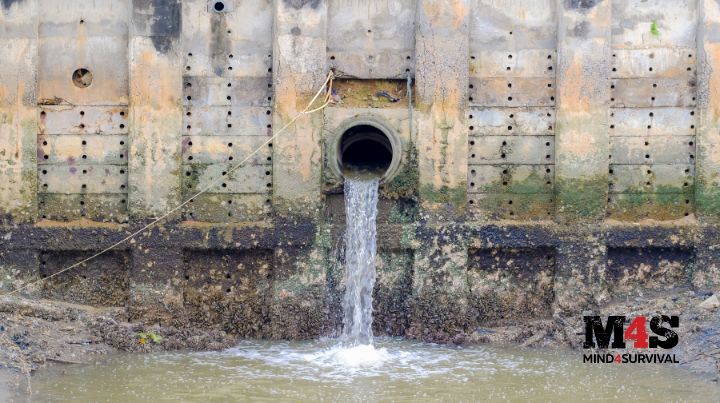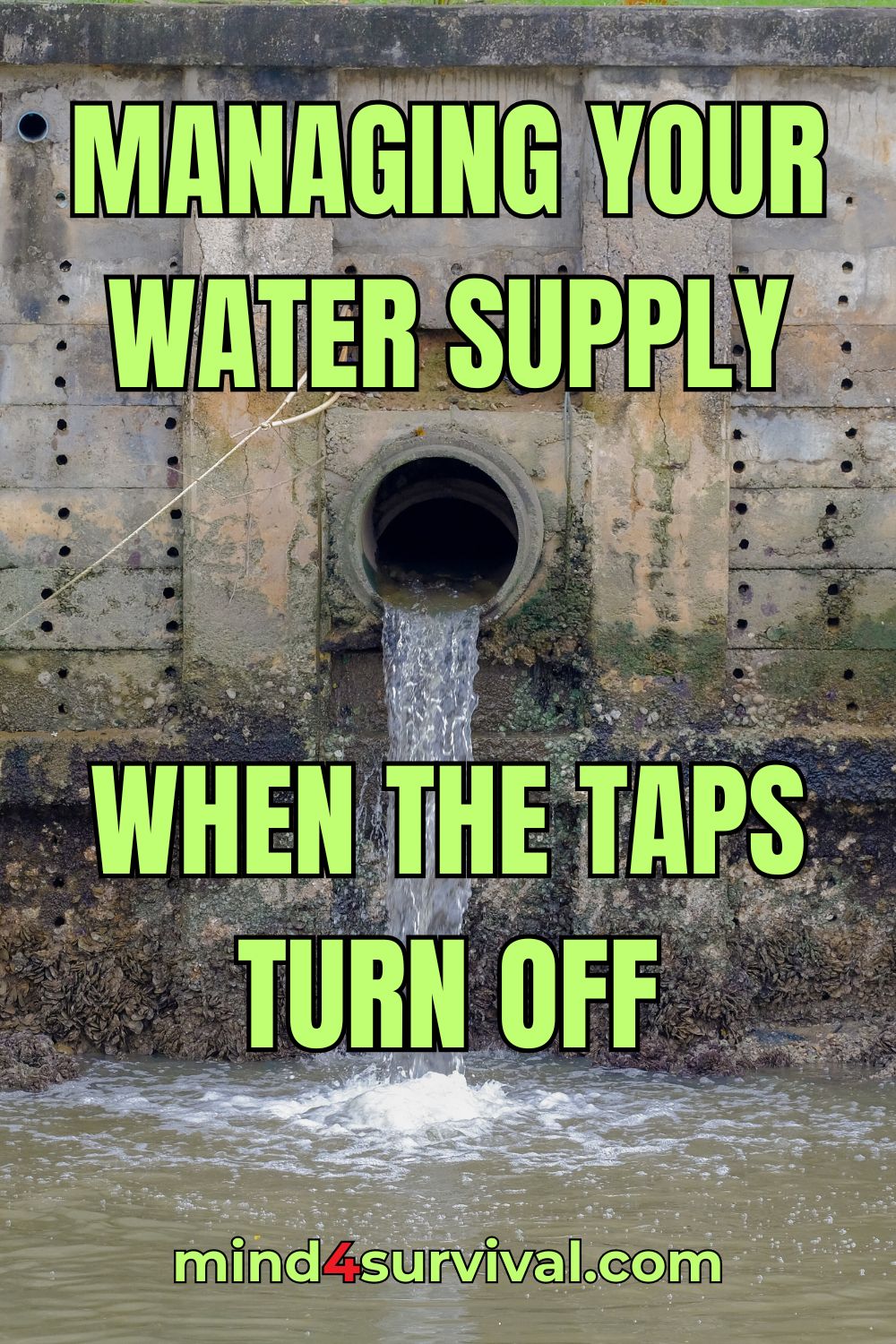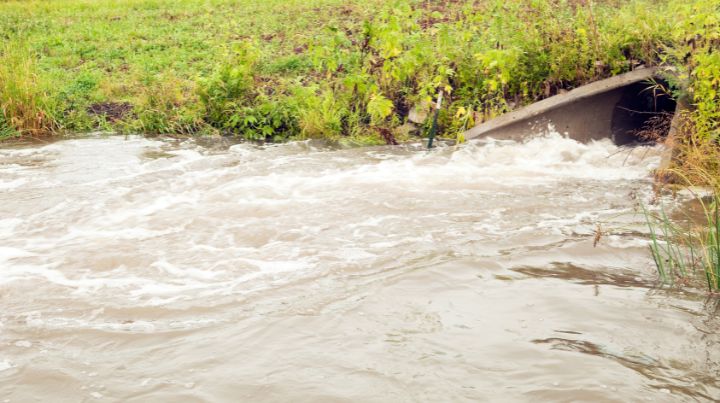Managing Your Water Supply When the Taps Turn Off

In the previous article about water, I told a story about droughts and shortages that took place here where I live and how something like that impacts the population and everyday life. We also saw how to source it in the urban environment, tips for finding it in the wilderness, and some basics on assessing water quality and building it into a usable skill. Now, it’s time to address other topics related to managing your water supply.
As mentioned in Part 1, I live in a tropical country with plenty of water, but that doesn’t mean potable water is plentiful or always available. I’m giving advice based on my experience dealing with issues in our system, and I encourage everyone to adapt to their context.
For anyone living in a place with clean water from reliable and stable sources well above its consumption rate – for instance, a homestead up in the mountains – it’s highly advisable to have a sensible strategy to deal with this precious resource in place. One based on facts, data, and a good knowledge base. I’m writing in the hope this helps with that.
Treat the Water
Even those used to lower-quality treated water – everyone living in a city – should think about filtering and treating the water collected from any source for human consumption, personal hygiene, and healthcare.
There’s a plethora of excellent water-related topics here at Mind4Survival. Read them, print them, and always have the basics ready at home: a tarp, good quality filters, treatment systems, and vessels to transport and store water. I prefer chemicals and boiling to UV, but stick to what works best for you.
Another tip from my time in the streets (and wilderness): always carry a good, compact straw filter. Keep it in an EDC (if you use one), gym bag, backpack, or whatever bag you use daily. It’s small, lightweight, and one of those essential things, like a compact knife, a light and fire source, and some cord, that can get us out of dodge if something happens.
At this point, I’ll admit to drinking from suspected sources both in the city and the wild every once in a while. Even when only slightly thirsty and not critically dehydrated. I don’t know; maybe it’s because I grew up drinking muddy or rainwater (among others) as a kid, from ignorance, for fun, and also necessity. I got mildly sick and felt terrible on occasion, even while doing my street survival training, but I’m still alive, so there’s that.
If you are used to the outdoors, you develop some sense of water quality, and some types of “unknown” water are not harmful when consumed occasionally. I’m not telling anyone to do that; it’s just what I did (and still do every once in a while, to be honest). I figured it’s better to test these limits while things are good and the grid is up than when SHTF and there’s no hospital. I took my precautions but went for it. Be wise, be smart, and stay hydrated.
Build Knowledge
Hundreds of water sources may surround us, but what good are they if we don’t know their locations, capacity, quality, or how to collect and transport the water? Waiting to address those things until something happens sets us up for disappointment and failure.
Building a comprehensive intel base on basic resources available in your area is the cheapest and most effective preparation for anything. Yes, skills and equipment are important, even vital. But keeping track of the supply system and the alternatives to source essentials within our system/area is the way to be steps ahead when something happens.
Knowing where to find immediate water can help in the early moments of an emergency. If taps dry out, people will panic and flock to the grocery stores for water. Any bottled water won’t last long; it’s always like that. I looked for alternatives during my street survival training. I mapped out natural and artificial bodies of water within a radius of my home that could be used for consumption—lakes, ponds, springs, pools, and decorative fountains in buildings, big and small. I noted the buildings with drilled wells, fire hydrants, underground water relief outlets, etc.
When I was in the streets, I’d collect water from all those sources and filter it to drink or use for cooking instead of bringing a bottle from home or buying water. I took water from natural springs to be tested in a lab, which taught me much about water quality. Another thing I did was use a 10L collapsible jug to take water from all these sources, simulating a grid-down, taps-go-dry scenario at home. These are some ideas you should prepare according to your context.
Here are a few more tips for managing your water supply:
- Search for maps of urban natural water springs. These maps are readily available, whether from public sources per request or even online. Most countries keep inventories and surveys on soil, water, and other natural resources (in the US, for instance, in the NRCS or Natural Resources Conservation Service under the USDA). Some are updated regularly; others are old but still valid. Your city administration or water company may have public records of urban water resources. I found a lot of information in some public and university libraries, too.
- Most natural water sources in urban areas are long hidden, abandoned, forgotten, ignored, polluted/contaminated, closed, or buried under some building or construction. However, many are located in parks and other public (and relatively conserved) areas, probably a legacy of times past when water was still locally sourced and thus better preserved.
- Mark the ones closest to your home and scout them.
- Any building with underground levels must have some type of containment walls and systems that demand the frequent draining and pumping of groundwater to avoid pressure buildup, which leads to leaks and infiltrations in buildings and garages. The groundwater is usually channeled to public galleries and poured into a nearby river or canal. The water must flow.
- Often – particularly in modern “green type” buildings – this water is collected and used for irrigation, to wash sidewalks, etc. But since this water must cycle to avoid deterioration and contamination, from time to time, it is pumped into the street drainage system, sometimes twice or more per day (depending on the underground pressure). Again, it’s not outright drinkable, but it can be treated.
- Keep in mind others will look into all that, probably becoming sources to other people once SHTF as well. But it could mean another option, especially early on, when most people are still trying to get water through the most common sources, and you can have an edge.
Be Economic
Knowing how to save water is vital during rationing. I’ve lived in a small community in a semi-arid rural area for some time, and it’s possible to do well with very little water. I’ve also extensively researched how people deal with low water availability in less abundant places than in modern cities.
During periods of drought, people become aware and naturally start to save, most of them anyway. That may or may not be enough to overcome a period of shortage and rationing, but we never know how long that will last. So, never mind others: given your context, you should think about your household and how to source fresh water and save as much water as possible.
- Establish baseline consumption and work from there to determine priorities: we must keep hydrated, so drink all you need.
- Also, use as much as necessary for cooking, leaving significant savings for house cleaning, sanitation, and hygiene.
- Be economical with toilet usage, saving flushes for #1 and using them for #2 only.
- “Grey water” is a sink (or two) full of water that can be used many times over to do the dishes before being used elsewhere, such as watering plants or toilet flush. Bath water can also be collected and used for those needs.
- Pets should always be considered. Dogs will do fine with tap or untreated water if it’s not contaminated. Cats may be more selective when it comes to the water they drink.
- Children and older people are more sensitive to water quality, so save the best for them.
Final Thoughts
Essentials are produced and transported from a distance to most major cities. That’s true for energy, food, and water. Even in water-abundant regions, in most cases, the water consumed in households, offices, and commerce comes from hundreds of miles through a complex system of pipes connecting reservoirs, treatment and pumping stations, and distribution substations. That’s a susceptible arrangement if you ask me.
The treated water system may send warnings in advance of a collapse, for instance, in the case of a persisting drought. But other natural and man-caused events can cause rationings, disruptions, and shortages in a blink and without notice. It’s crucial to be ready for both situations; however, the “sudden, unwarned” type doesn’t give space for adaptation and requires actual preparation to be dealt with.
Timing, or the duration of the issue affecting the supply, is also critical, considering the dynamics of water consumption in any medium or large city. If the supply is restored quickly, everything goes back to normal. If the issue persists, there might be panic and unrest in days. After a few weeks without a water supply (or even worse, months), things get ugly, potentially leading to the collapse of order or large-scale migration.
Residents of developing and Third-World countries, deserted areas, and regions with water issues develop ways to manage their water supply. Still, every year, thousands die, with agriculture and animals also suffering from shortages and foul water. A small community can live and even prosper on little water, but no city anywhere can exist, or any society can prosper without an uninterrupted supply of treated consumable water.
Additional Resources:
- Ensuring a Safe Off-Grid Water Supply
- Calculating Your Daily Water Consumption Needs
- Grayl GeoPress Review: Why It Is a Must-Have!
- How to Purify Water for Drinking

Don't Miss Out!
Join the thousands of people who rely on Mind4Survival preparedness advice by subscribing to our FREE newsletter.
- Practical preparedness information
- Zero Spam
- < 0.25% of people unsubscribe




Join Mind4Survival!
Stay informed by joining the Mind4Survival! 100% Secure! 0% Spam!
Follow Us!
Affiliate Disclosure
Mind4Survival is a free, reader-supported information resource. If you make a purchase through our link, we may, at no cost to you, receive an affiliate commission.



